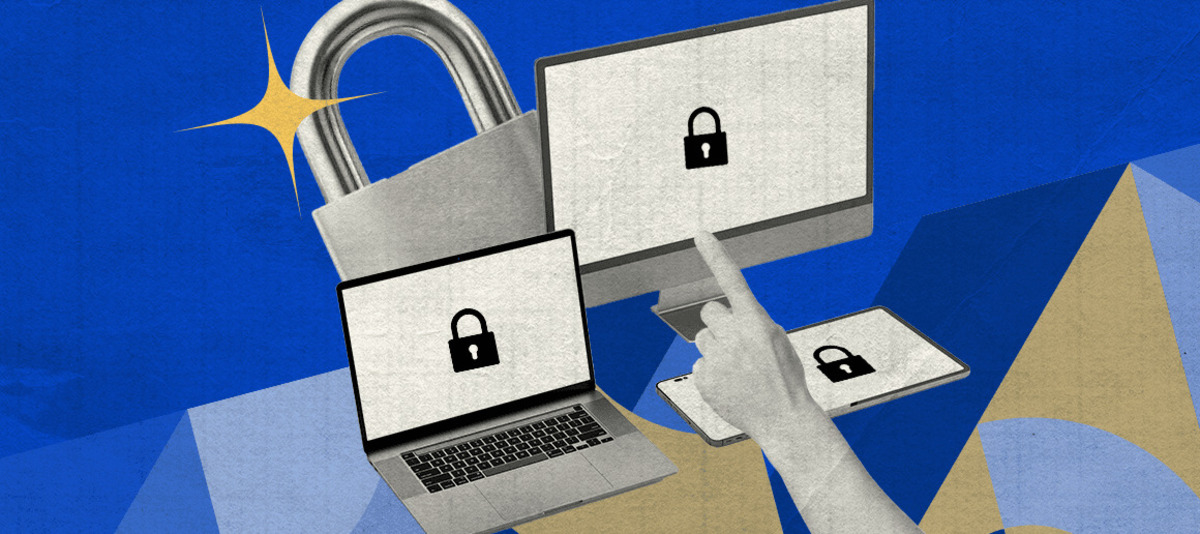
Why Spagic Security Matters in Enterprise Environments
Security is a primary concern for enterprises handling sensitive data, system integrations, and distributed applications. With the rise of cyber threats and compliance requirements, businesses must implement robust security measures to protect their operations. Spagic, as an open-source middleware solution, offers comprehensive security mechanisms that safeguard communications, access controls, and data exchanges across integrated systems.
A well-structured security framework ensures that organizations maintain system integrity while mitigating risks associated with unauthorized access and data breaches. By leveraging Spagic’s security capabilities, businesses can build a resilient infrastructure that aligns with industry standards and regulatory requirements. From authentication protocols to encrypted data transmissions, understanding how Spagic enforces security is essential for IT teams, system administrators, and developers.
This article provides an in-depth look at Spagic security mechanisms, detailing how they contribute to the overall protection of enterprise applications. With a structured approach, businesses can implement best practices that enhance security while maintaining operational efficiency.
Authentication and Identity Management in Spagic
Ensuring that only authorized users can access Spagic’s middleware services is a fundamental security requirement. Spagic integrates various authentication mechanisms to validate user identities, preventing unauthorized access to critical system resources.
One of the key methods used for authentication is Role-Based Access Control (RBAC), where users are assigned specific roles that define their access privileges. This approach prevents unrestricted access and ensures that only designated personnel can modify or retrieve sensitive data. In addition, Spagic supports integration with third-party identity providers, allowing businesses to use single sign-on (SSO) solutions for streamlined access management.
Multi-factor authentication (MFA) further strengthens security by requiring users to verify their identities using multiple authentication factors, such as passwords combined with one-time codes or biometric authentication. These security measures help organizations minimize the risk of unauthorized logins and improve compliance with data protection regulations.
Data Encryption and Secure Communication Channels
Encryption plays a critical role in securing sensitive information exchanged within Spagic-enabled enterprise environments. By implementing encryption protocols, businesses can protect data both in transit and at rest, ensuring that unauthorized entities cannot intercept or modify the information.
Transport Layer Security (TLS) is widely used in Spagic to establish encrypted connections between applications, preventing data leaks and man-in-the-middle attacks. Secure communication channels are vital for organizations handling financial transactions, customer records, or confidential business processes.
For data stored within Spagic environments, encryption mechanisms ensure that sensitive information remains protected even in the event of a security breach. Encrypted storage helps organizations comply with data privacy regulations while preventing exposure of critical information to cyber threats.
Access Control Policies and User Permissions
A well-defined access control strategy is essential for securing Spagic-based applications. Organizations must enforce strict policies that govern who can access specific resources, ensuring that system interactions are limited to authorized users.
Spagic allows administrators to configure access permissions at multiple levels, from individual services to entire system workflows. By assigning appropriate user roles and setting up granular access controls, businesses can prevent unauthorized modifications that may compromise system stability.
Additionally, access control policies should be regularly reviewed and updated to align with evolving security requirements. Implementing an audit trail for user activities within Spagic further enhances security by providing visibility into access patterns and potential anomalies.
API Security and Secure Integrations
Modern enterprise applications rely on APIs to facilitate seamless integrations between different systems. Spagic provides security mechanisms to protect API endpoints from malicious attacks and unauthorized usage.
API security in Spagic is reinforced through authentication mechanisms such as OAuth 2.0, which enables secure token-based access control. By requiring applications to obtain validated tokens before making API requests, Spagic ensures that only trusted entities can interact with the middleware’s services.
Additionally, rate limiting and IP whitelisting help mitigate risks associated with denial-of-service (DoS) attacks and unauthorized API access. These security controls ensure that Spagic APIs remain protected while facilitating secure and efficient system interactions.
Intrusion Detection and Security Monitoring
Proactive security monitoring is crucial for detecting and mitigating threats before they impact enterprise operations. Spagic integrates with intrusion detection systems (IDS) and security information and event management (SIEM) solutions to provide real-time threat monitoring.
By analyzing system logs and user activities, Spagic’s security framework can identify unusual patterns that may indicate potential security breaches. Automated alerts and incident response mechanisms allow IT teams to take immediate action, reducing downtime and minimizing security risks.
Security monitoring also includes continuous vulnerability assessments, ensuring that organizations promptly address software weaknesses before they can be exploited by attackers. By staying ahead of potential threats, businesses can maintain a secure operating environment while leveraging Spagic’s middleware capabilities.
Compliance with Security Standards and Regulations
Enterprises operating in regulated industries must comply with various security standards to ensure legal and ethical data handling practices. Spagic provides security features that help organizations align with industry regulations such as GDPR, HIPAA, and ISO 27001.
Encryption, access controls, and audit logs play a significant role in meeting compliance requirements. Spagic enables organizations to implement these measures effectively, reducing the risk of non-compliance penalties while strengthening overall security posture.
By maintaining compliance with global security standards, businesses using Spagic can build trust with customers, partners, and regulatory bodies. A well-implemented security strategy ensures that enterprise applications remain protected against evolving cybersecurity threats.
Best Practices for Securing Spagic Implementations
To maximize security within Spagic environments, organizations should follow best practices that reinforce data protection and system integrity. Implementing strong password policies, conducting regular security audits, and enforcing least-privilege access are essential steps in maintaining a secure infrastructure.
Additionally, keeping Spagic installations updated with the latest security patches prevents vulnerabilities from being exploited by attackers. Organizations should also implement network segmentation and firewalls to limit unauthorized access to sensitive middleware components.
Security awareness training for IT teams and users interacting with Spagic further enhances the effectiveness of security measures. By educating stakeholders on potential risks and best practices, businesses can foster a culture of security-conscious operations.
The Future of Security in Spagic Middleware
As cybersecurity threats continue to evolve, Spagic’s security mechanisms will also advance to address emerging challenges. Future developments may include AI-driven threat detection, blockchain-based security enhancements, and improved identity verification technologies.
Enterprises using Spagic must stay updated with security trends and continuously evaluate their implementations to ensure resilience against modern threats. With a proactive security approach, businesses can maintain trust in their Spagic-based systems while leveraging middleware technology for seamless integrations.
A secure middleware foundation is essential for enterprises aiming to protect their digital assets and ensure uninterrupted operations. By implementing Spagic’s security features effectively, organizations can confidently build, scale, and optimize their IT environments.

